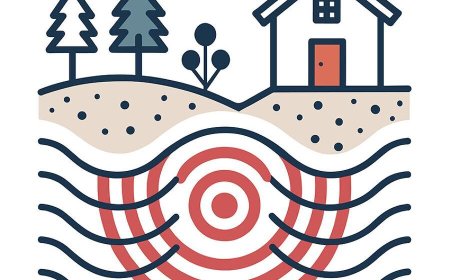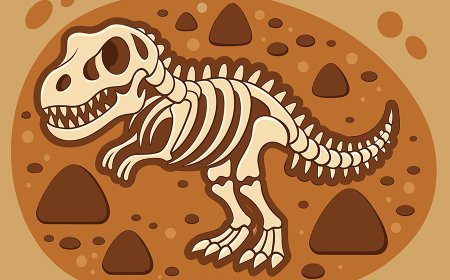Watershed Facts for Students | Water and Ocean Guide
Learn what a watershed is how it collects and moves water why it is important for rivers lakes and oceans and how it supports people and nature
🌟 Introduction
A watershed is an area of land where all the rain, snow, and other precipitation flows into a single body of water, such as a river, lake, or ocean. Watersheds connect mountains, hills, valleys, streams, and rivers into one system. Every drop of water that falls in a watershed eventually finds its way downhill to a larger water source. Watersheds are important because they not only carry water, but they also transport soil, nutrients, and sometimes pollution. Learning about watersheds helps us understand how water travels through the environment and how communities, farms, and animals depend on healthy watersheds for survival.
🔍 Understanding Watersheds
A watershed is like a giant funnel. It collects water from rain and melting snow across the landscape and channels it into creeks, rivers, and lakes. Watersheds can be very large-covering thousands of miles-or very small, draining just a few hillsides. Every watershed is part of a larger watershed, all leading eventually to the ocean.
🌍 Why Is It Important?
Watersheds are important because they:
-
Provide fresh water for communities, farms, and industries.
-
Filter water naturally as it flows through soil and wetlands.
-
Support ecosystems, giving fish, birds, and plants the habitats they need.
-
Protect against floods, spreading water out across floodplains and wetlands.
-
Connect people and nature, reminding us that our actions upstream affect everyone downstream.
🧪 Everyday Examples
-
When it rains in your backyard, the water flows into a gutter, then into a stream, and eventually into a river-that whole system is part of a watershed.
-
If a farmer uses fertilizer on crops, it can wash into rivers and lakes within the watershed.
-
Drinking water in cities often comes from reservoirs that collect water from the surrounding watershed.
-
Wetlands in a watershed act like natural sponges, soaking up water and slowly releasing it to prevent flooding.
✨ Interesting Facts
-
The largest watershed in the world is the Amazon Basin in South America.
-
The Mississippi River Watershed covers about 40% of the United States.
-
Everyone lives in a watershed, no matter where they are.
-
Watersheds can cross city, state, and even country borders.
📌 Key Takeaways
-
A watershed is the land area where water drains into a common body of water.
-
Watersheds connect rivers, lakes, wetlands, and oceans.
-
Protecting watersheds keeps water clean for people, animals, and plants.
🐾 Kid-Friendly Summary
A watershed is like a giant bowl that catches rain and snow, sending water into rivers, lakes, and oceans. Healthy watersheds give us clean water, safe homes for wildlife, and protection against floods. Everyone lives in a watershed, and what we do on land can help or harm the water.
📚 Vocabulary Words
-
Watershed - An area of land that drains water into a common body of water.
-
Drainage Basin - Another term for watershed.
-
Runoff - Water from rain or snow that flows over the land surface.
-
Floodplain - Flat land near a river that can fill with water during floods.
-
Wetlands - Swamps, marshes, and bogs that store and filter water.
-
River Basin - A large watershed that drains into a major river.
-
Upstream - The direction toward the source of a river.
-
Downstream - The direction toward where the river flows out.
Interactive Quiz: Watershed
Instructions: Choose the best answer. Answers are listed at the end.
-
What is a watershed?
A) A man-made water tank
B) An area of land where all water drains into one body of water
C) A type of ocean current
D) A cloud that produces rain -
Which of these is another name for a watershed?
A) Waterfall
B) Drainage basin
C) Ice sheet
D) Glacier -
Why are wetlands in a watershed important?
A) They create mountains
B) They store and filter water
C) They make rain clouds
D) They dry out rivers -
Which watershed is the largest in the United States?
A) Colorado River Watershed
B) Mississippi River Watershed
C) Hudson River Watershed
D) Rio Grande Watershed -
Why should we protect watersheds?
A) To make oceans saltier
B) To keep water clean for people and wildlife
C) To create more deserts
D) To stop rain from falling



















































